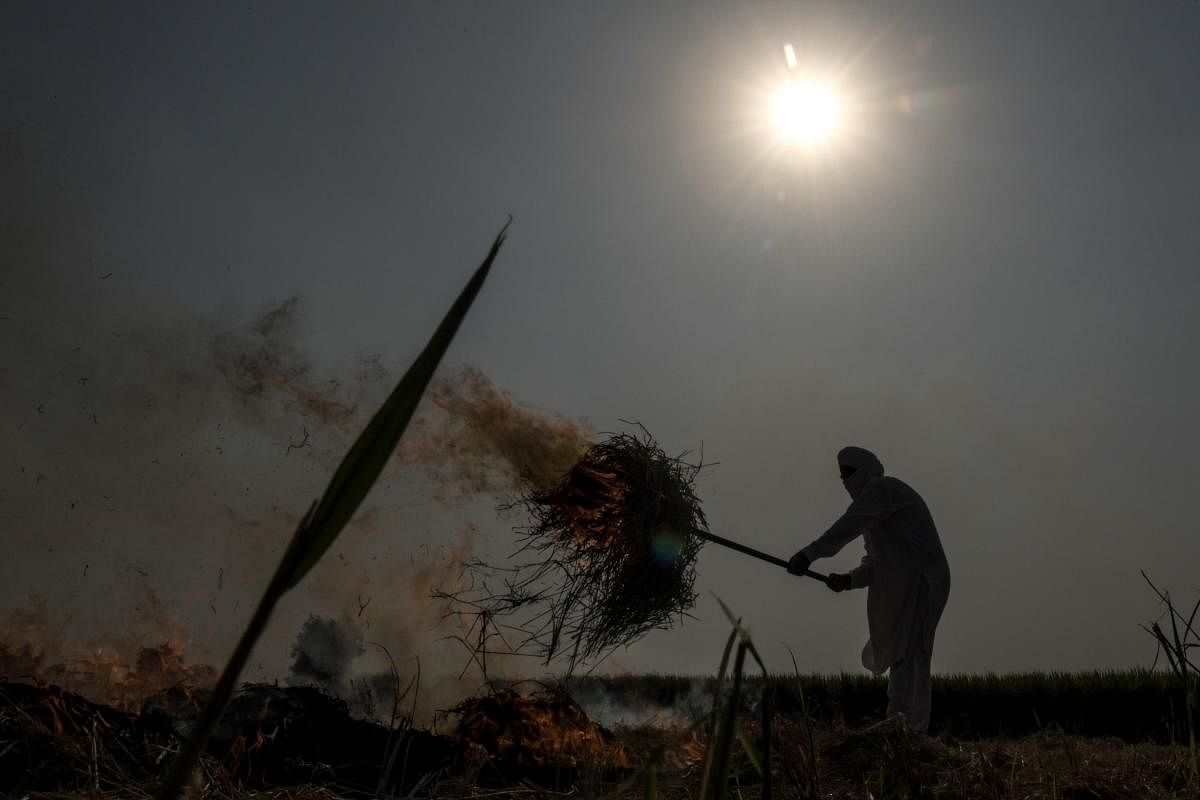
Three important bills concerning the farm sector were passed recently amid contrasting voices of the ruling and opposition parties. Under the first bill, a farmer can sell his output anywhere outside the Agricultural Produce Market Committees (APMCs), which in turn allows him to carry out intra-state and inter-state trade of agriculture and perhaps help earn better returns.
The state governments are prohibited from levying any market fee or cess outside the APMC areas which would reduce state earnings from APMCs. The second bill on the other hand provides a framework for contract farming.
Here, a farmer and a contracting agency can have a prior agreement about produce and its price. In case of any disputes regarding the compliance of the contract terms at a later date, a dispute settlement mechanism will be put in place.
The third bill concerns stocking of agriculture commodities which allows the building of stocks for agriculture produce, except in times of emergencies like war or steep price rise. This bill will also have strong implications for price formation.
The ruling party considers these bills will facilitate a liberalised and competitive market structure to the agriculture sector and benefit farmers through better price realisation.
Certain issues are worth noting here. The motive behind the creation of APMC structure decades ago was to provide a better price to the farmers through an auction mechanism where buyers and sellers meet and prices are realised through competitive bids.
But economic theory tells us that a (perfectively) competitive market requires large number of buyers as well as sellers and flow of information. However, as buyers are much smaller in numbers than sellers, there are collusive agreements between the buyers and the commission agents who carry out the auction process at the APMCs. As a result, and as is well-known, prices are not favourable to the sellers, that is, the farmers.
Given the fact that 80% of Indian farmers are small and marginal and that they may not themselves be able to sell their produce in markets outside their states due to high transaction costs, it is easy to see why a trader class will continue to flourish.
The percentage of farmers benefitting through contract farming is also meagre in India. The principal question is whether allowing trade outside the premises of the mandi will be sufficient to attract a considerably large number of buyers that may bring up the price level?
There is an example of Bihar which repealed its APMC Act in 2006 with a similar objective to attract private investment in the sector and gave charge of the markets to the sub-divisional officers in that area.
The state has not only failed to attract investment for new market infrastructure, the existing infrastructure has also eroded over time due to poor care and maintenance. There are a few states where APMCs were never in existence - Kerala, Manipur, Mizoram and Sikkim.
They don’t exist in some Union Territories also - Andaman & Nicobar Islands, Lakshadweep, Daman & Diu and Dadar and Nagar Haveli. Are these states and UTs in a better position when it comes to marketing? The market practice in most of these states happens through rural haats, weekly markets and shandis.
In Kerala, private shops exist in the vicinity of producing centres but they do not cater to all commodities and consequently, farmers have to approach different avenues for selling their commercial produce. In Sikkim, marketing takes place in kisan bazaars and weekly grameen haats which serve as rural periodical markets.
In other north-eastern states as well as Union Territories as mentioned above, there is no systematic marketing infrastructure for agricultural produce. The biggest issue in such markets is the lack of information on prices and arrival of produce.
The Committee of State Ministers, constituted in 2010 for agricultural marketing reforms, observed that complete deregulation of markets would not help in attracting adequate private investment to make substantial change.
Infrastructure development
It noted that there is a need for an appropriate legal and institutional structure with a regulation having developmental thrust to ensure orderly functioning of markets and to attract investment for infrastructure development.
In this light, the existing Gramin Haats whose number is almost four times compared to APMC mandis and which are spread throughout the country, need strengthening to improve agriculture marketing and providing an appropriate price to the farmers.
This was also suggested by the 62nd report of Standing Committee on Agriculture 2018-19 constituted by the 16th Lok Sabha. A better market infrastructure where more sellers, as well as buyers, participate to bring about a competitive and remunerative price to the farmers can only improve the state of the Indian farmers.
One of the major problems of agriculture produce marketing is the perishable nature of agricultural products, especially the horticulture and animal produces. Cold storage facility is crucial for farmers to store his produce to sell at a later date at a better price.
But this critical infrastructure continues to remain poor in the country. This is a major lacuna that needs to be filled if we wish to increase the income of our farmers.
A presumption that the market mechanism will bring investment to this essential infrastructure sector may not come true without a proper level-playing field for agriculture vis-a-vis rest of the economy. The role of the public sector basic investment remains the key for the same.
(The writers are faculty at the Institute for Social and Economic Change, Bengaluru)